I you as a social entrepreneur want to work with the SDG´s the SDG Impact Assessment Tool can be a useful tool to visualizes how your activities affects the SDG´s.
For social entrepreneurs and everybody else, who is trying to create a better world, it is important to see this change in a larger and global context ant to make sure that the efforts are in fact part of and aligned with a common global effort and plan.
The SDG’s offers such a common plan, that almost every country in the world has agreed upon.
The SDG’s were adopted by the world’s heads of state and governments on 25 September 2015 at the UN summit in New York. All of the UN’s 193 member states have signed, and thereby committed to work to achieve the goals by 2030. The SDG’s are a framework to create a more sustainable future towards 2030, both for humans and the planet, we live on.
The SDGs consists of 17 different Goals, 169 targets and 232 indicators and address the major challenges we face globally. The goals include e.g. eradicating poverty and hunger, improving the climate and human health, and creating more responsible consumption and more responsible production. Reaching the goals is vital if we want our children and grandchildren to have the opportunity for a good future.
Social entrepreneurs, that are trying to create a better world, can find a common language and a detailed description in the SDGs of, what we actually mean, when we are talking about a better world – a sustainable world.
The SDG’s gives social entrepreneurs a possibility to contribute to something bigger in a very concrete way, but it also gives social entrepreneurs a possibility to feel and experience, they are part of a community across sectors and countries, working on the same agenda. Furthermore, the SDG’s can help communicate and share the value of the work that social entrepreneurs create through their actions.
To communicate this value tools like the SDG Impact Assessment Tool can be very useful. It is a free online tool that can help you assess impact of solutions, activities, projects and other initiatives onto the Sustainable Development Goals.
Building on your own knowledge, you can identify opportunities (positive impacts), risks (negative impacts) and knowledge gaps. And at the end of the assessment you will have a better understanding of, how your activities relates to and affects the SDG´s, and in that way you will also be better equipped to prioritize which actions you should take in the future.
In that sense the tool is a learning experience that can provide you with new insight and be the first step towards new strategies to improve sustainability in the actions of your social enterprise.
The tool can be used by anyone who has a project or a solution that they want to assess in regard to the SDG´s.
SDG Impact Assessment Tool consists of five phases:
1. Gather your forces.
You might be able to do the assessment alone, but you might also do a better assessment if you gather a team of people and collaborators to help you. In this way you can have discussions that can inspire and you would have more knowledge of the SDG´s to start with.
2. Define, refine and draw the line.
It is important to agree on what it is you are assessing and where you draw the line of your study object. Don´t take on a larger task, than you can overview.
3. Sort the SDGs.
You do not need to do the assessment from SDG 1 to 17. Sometimes it is a better way to take them in their order of relevance to your assessment. You can eg. sort them according to “Relevant”, “Not relevant” and “I don’t know”. Basically in this step you just need to establish an order of assessment.
4. Assess your impact.
The objective in this step is to formulate one summarized assessment to each SDG.
The assessment in done in order of relevance, and the tool provides a short introduction to each SDG and its targets.
Remember that the SDGs are a global agenda, so you might need to put them in a more local context.
Each SDG is assessed according to the following categories:
Direct positive
Indirect positive
No impact
Direct negative
Indirect negative
More knowledge needed.
For each impact assessment you should provide relevant arguments for which category you choose.
5. Choose your strategy forward.
Based on the results from 1-4, in the final phase you form a strategy on the actions you want to take and which additional partners you would need to involve, or which competencies might need to developed.
You can find a detailed guide on how to use the tool here
SDG Impact Assessment Tool can be used to work more systematic with how the actions of your social enterprise relates to the SDGs and make sure that all the different aspects of sustainability are covered and discussed.
Remember that sustainability is not a static but a constant process so it is a good thing to do the assessment once in a while.
SDG Impact Assessment Tool is developed by Gothenburg Centre for Sustainable Development, at Chalmers University of Technology and University of Gothenburg, in collaboration with SDSN Northern Europe and Mistra Carbon Exit, and with financial support from Region Västra Götaland through the Maritime Cluster of West Sweden.
See more at: https://sdgimpactassessmenttool.org
This publication has been prepared within SENBS project No. 2020-1-EE01-KA204-077999. The content of this publication is the sole responsibility of the project coordinator and may not always reflect the views of the European Commission or the National Agency.
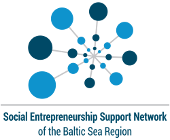
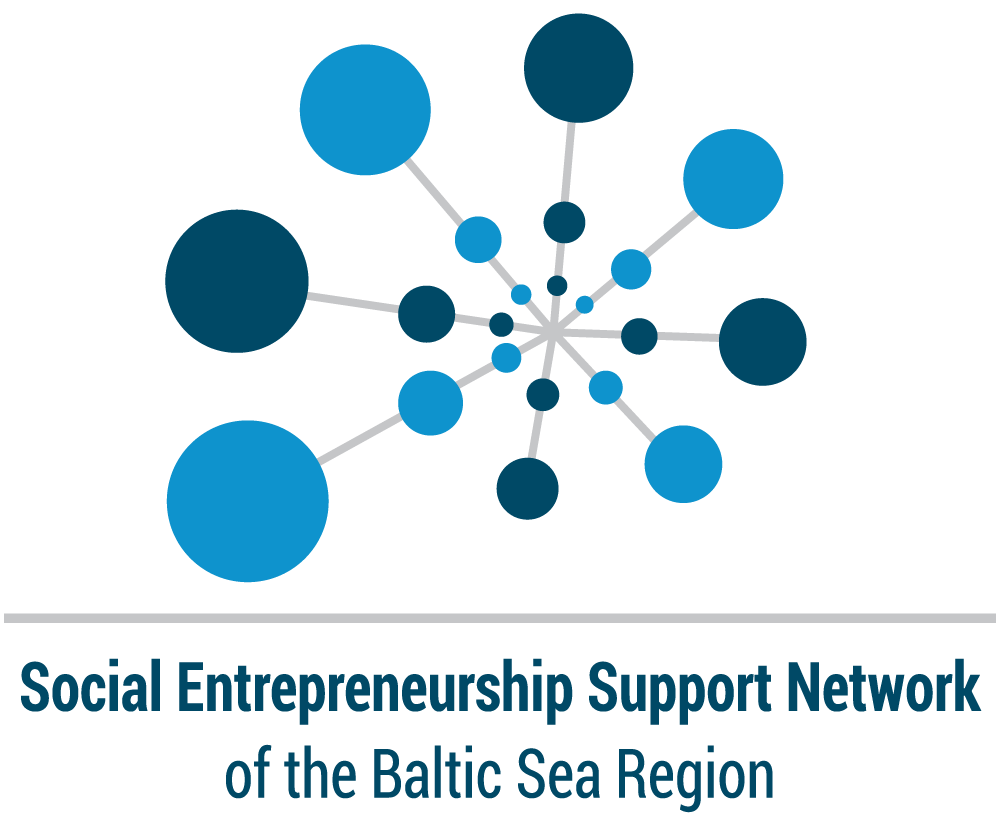

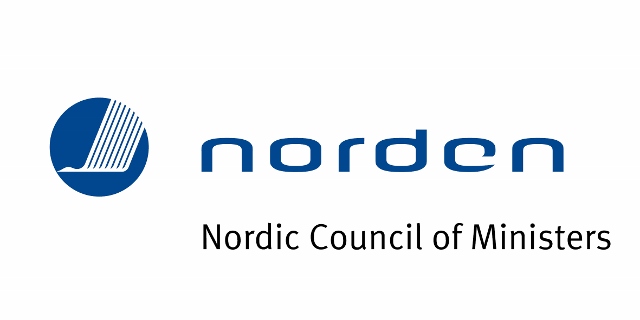


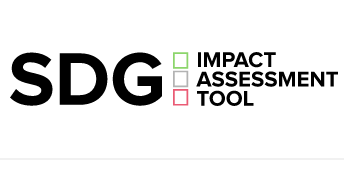

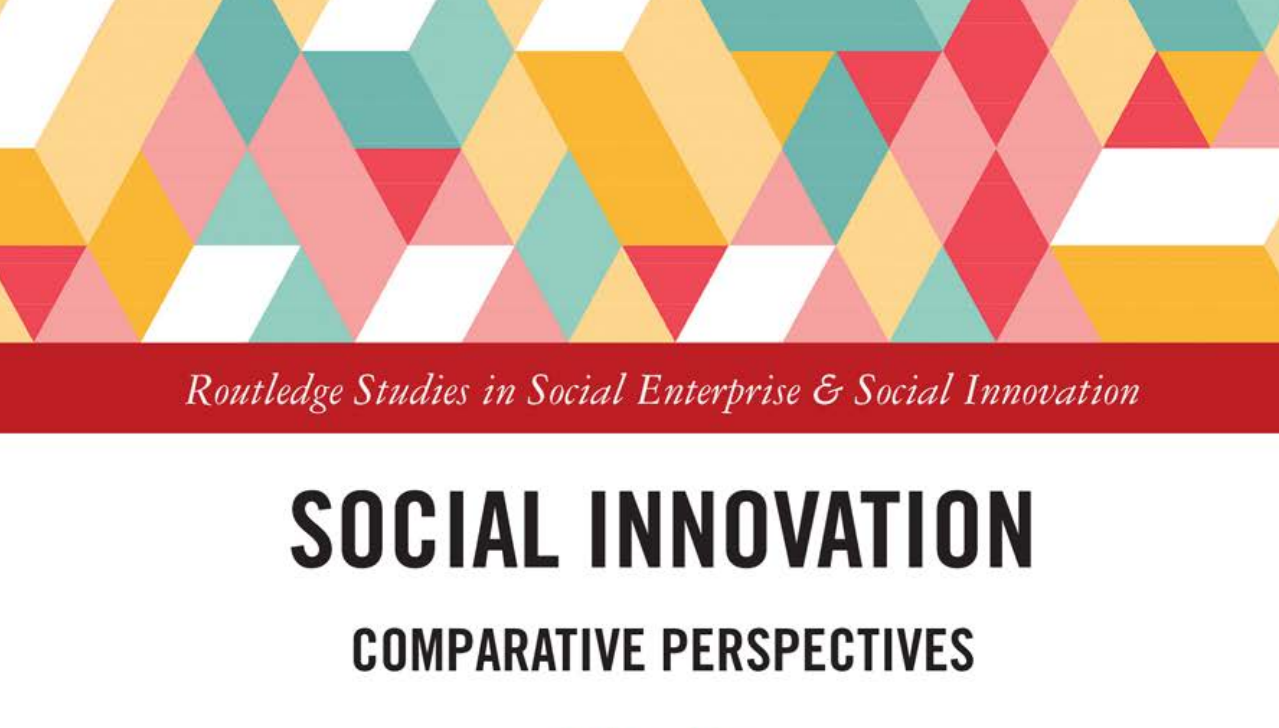

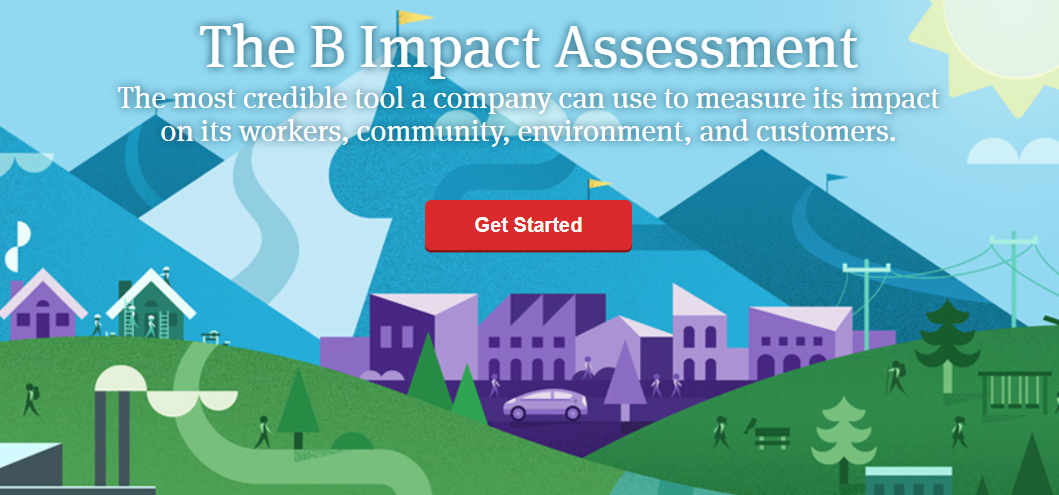
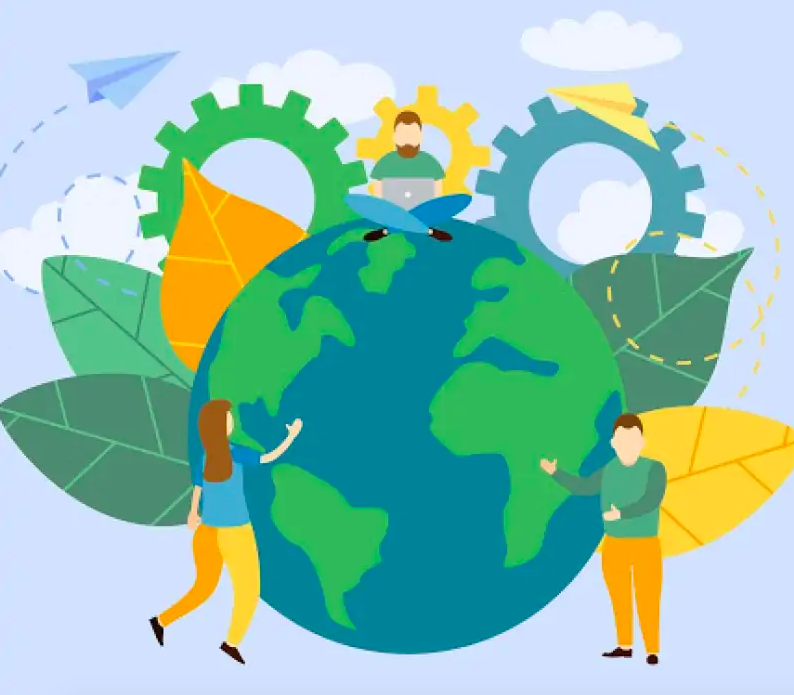
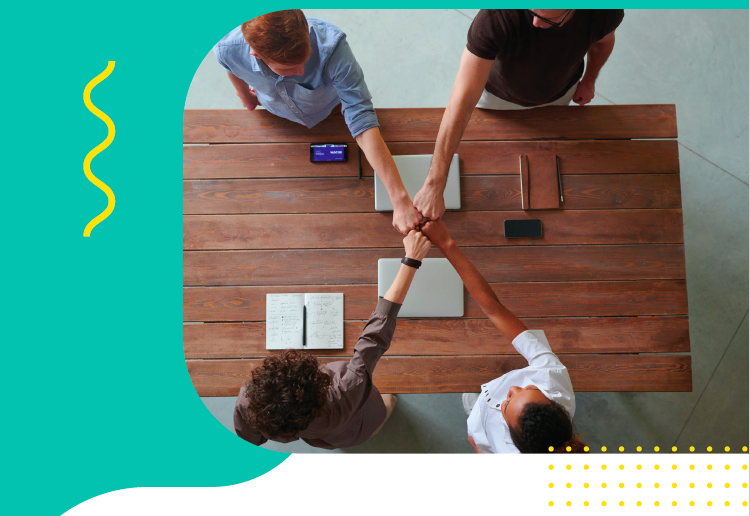


Leave A Comment